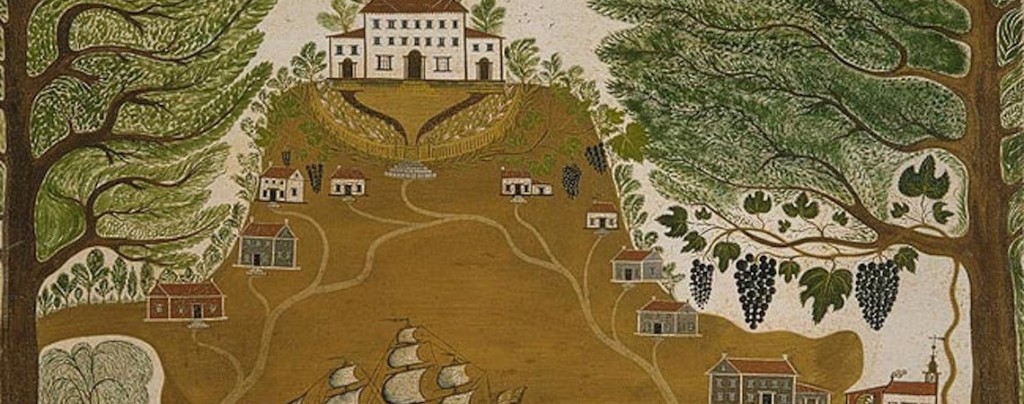Plantations dominated the landscape of the Mid-Atlantic from the late 17th century through the Civil War. Their impact was felt far beyond 1865, and in fact we are still dealing with their legacy today. They came in many sizes and forms, thrived on a variety of crops and industries, and fueled the economy and culture of much of what is now the United States. Plantations have been studied by historians, archaeologists, architectural historians, geographers, anthropologists, and literary scholars, but we still have much to learn, particularly about the ways in which people on the plantation interacted with each other, and how plantations intersected with the wider world surrounding them. These diverse topics are the subjects of our two recent conference sessions in Savannah, Georgia and Quebec, Canada.
Are plantation studies relevant?
Why are we studying these properties? Historians and archaeologists have been probing this ground for decades- surely we know all that can be known? Well, no- we don’t. Plantations can be contentious and controversial landscapes, precisely because of their central role in grounding much of the development of the United States. When you look to our patterns of land use and development, transportation networks, architecture, economy, and class and cultural divisions, you can see the heavy influence of the plantation system. The plantation existed as a way to concentrate large amounts of land and labor to cultivate valuable cash crops that would yield high profits to a few individuals. The exploitation of enslaved laborers made this system possible, but also left a legacy of injustice and inequality. For these reasons, studying the plantation system is essential for us to understand the history of the United States, and essential for explaining how its legacies affect our society and citizens today.
What are intersecting landscapes?
Plantations were complex entities- large, populous, full of activities, buildings, and people from numerous cultures living out their lives. The goal of our two conference sessions was, as session co-organizer Terry Brock wrote, to “discuss the way that the communities living on the plantation connected with, interacted with, and manipulated the larger cultural landscape.” The participants in both sessions are exploring the interconnectedness of these early American landscapes through the intersection of plantations and urban centers, the interplay between church and manor, the influences and implementation of designed landscapes, and the dialog between land, labor, money and time. In addition to looking at these lands from the owners’ perspectives, panelists are also investigating the experiences of those many ordinary people, including enslaved Africans, immigrants, and merchants, who were equally fundamental to the plantation system, and who help redefine the meaning and boundaries of plantation landscapes. And, as mentioned above, this research continues into post-Civil War America, as the abolition of slavery fundamentally shook the plantation system that had dominated for two centuries, and forged a new network of social, cultural and physical interactions between people and the landscape.
How can I learn more?
Please visit the website to view the papers from the first session in Savannah and the abstracts from the presentations in Quebec. We will add the papers from this most recent conference soon, and look forward to further discussion on the diverse avenues of research explored here. Please share your thoughts about this research, either here or on the website. By engaging with the past we reinforce its relevance to the present, and in the process learn more about who we are, and who we can be.



This is a well written post. The writer encourages me to consider historical relationships between the cultures of eastern Virginia plantations and western Virginia mining communities, influences of early railroad, roadway, and river transportation systems connecting them across Virginia; as well as social comparisons between plantations and mining towns as efforts to provide wealth to a small percentage of the population.
Indeed, there likely are connections, particularly in the management systems between plantations and mines, and also among some of the same individuals and families who invested in both types of entities. There are many interesting connections to search for.